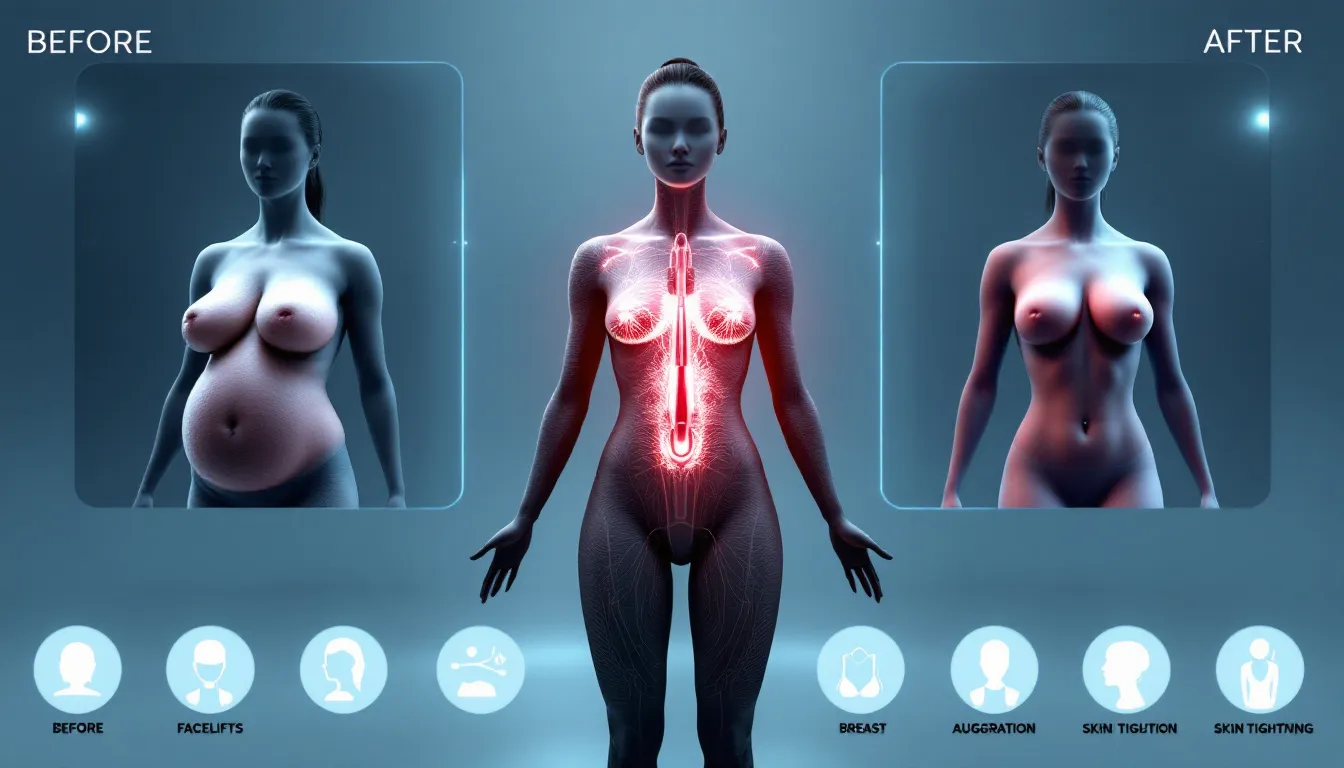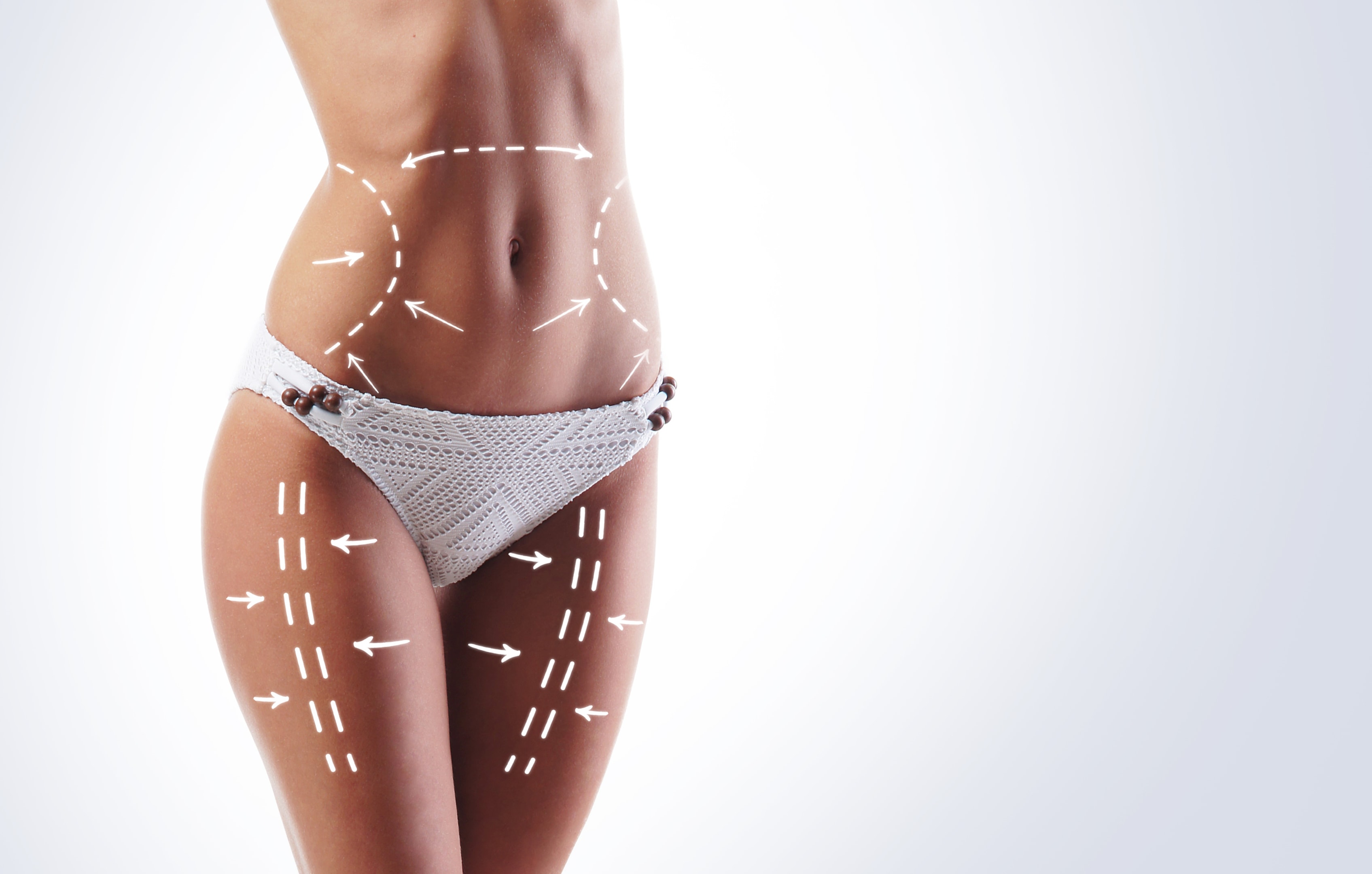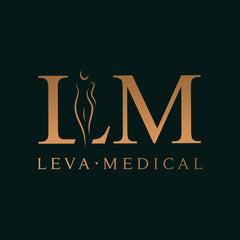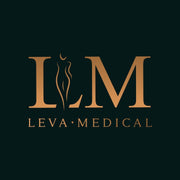Top Liposuction Options for Effective Body Contouring
Searching for effective liposuction options to eliminate stubborn fat? Understanding the various methods can help you choose the best fit for your goals. This article details both traditional and advanced liposuction techniques, discussing their unique benefits, potential drawbacks, and what you can expect.
Key Takeaways
-
Liposuction is an effective surgical procedure for targeted fat removal and body contouring, providing long-lasting results when patients maintain a stable weight.
-
Both traditional and advanced liposuction techniques exist, with advanced methods offering additional benefits such as skin tightening and muscle definition.
-
Candidates for liposuction should have good health, stable weight, and skin elasticity, while also being aware of costs, post-operative care, and the importance of combining a healthy lifestyle for optimal results.
Understanding Liposuction

Liposuction, also known as lipoplasty, is a surgical procedure designed to remove fat from targeted body areas. The primary purpose of the liposuction procedure is to remove a layer of fat and shape body contours, making it an ideal solution for those struggling with unwanted fat deposits that do not respond to diet and exercise. Liposuction surgery can be an effective option for those seeking to enhance their body shape.
Various parts of the body, such as the abdomen, thighs, arms, and neck, can undergo liposuction. The treated areas see a significant reduction in fat cells, leading to lasting body contour changes if the patient maintains a stable weight.
Liposuction’s long-lasting results are highly appealing. Removed fat cells do not grow back, making it a viable long-term solution for achieving your desired body shape.
Traditional Liposuction Techniques

Traditional liposuction techniques have stood the test of time, providing reliable results for countless patients. One of the most common methods is suction-assisted liposuction (SAL), which employs a cannula—a thin tube inserted through a small incision—to extract fat under negative pressure. This technique is highly effective for targeting localized fat deposits that are resistant to diet and exercise.
Another widely used method is tumescent liposuction. This technique involves the injection of a tumescent solution, which contains saline, anesthetic, and other medications, into the targeted area. The solution helps to minimize pain and reduce bleeding during the fat removal process. Both SAL and tumescent liposuction are known for their effectiveness in removing stubborn fat deposits and reshaping body contours.
While traditional liposuction techniques are highly effective, they do require a skilled plastic surgeon to ensure optimal results. The use of cannulas and anesthesia in these procedures necessitates a level of expertise that can only be provided by experienced professionals. This is why choosing a board-certified plastic surgeon is crucial for anyone considering traditional liposuction.
While traditional techniques remain widely used, technological advancements have introduced more sophisticated methods. These new techniques offer benefits like skin tightening and reduced recovery times, making them attractive to many patients.
Advanced Liposuction Methods
Advanced liposuction methods have revolutionized body contouring by focusing on fat removal and offering benefits like skin tightening and muscle definition. SmartLipo, for example, employs laser technology to melt fat and stimulate collagen production.
Ultrasound-assisted liposuction (UAL) is another advanced technique that utilizes sound waves to break down fat cells. This method has the added advantage of tightening the skin, making it a dual-purpose procedure that effectively targets both fat removal and skin laxity. For those looking to achieve a more sculpted appearance, high-definition liposuction focuses on precise fat removal and muscle definition, creating a chiseled look. Additionally, laser assisted liposuction offers another innovative option for those seeking effective fat reduction.
BodyTite uses radiofrequency energy to heat tissue, enhancing skin firmness during fat removal. This is particularly beneficial for those concerned about loose skin post-surgery. Additionally, 360 liposuction treats the entire midsection, offering a more balanced body contour.
Advanced techniques offer benefits beyond traditional liposuction, such as skin tightening, muscle definition, and comprehensive midsection treatment, providing tailored solutions for specific needs.
Combining Liposuction with Other Procedures

Combining liposuction with other plastic surgery procedures can yield remarkable results. Pairing it with skin tightening techniques improves skin elasticity and prevents sagging, especially useful for those who have lost significant weight and have excess skin.
Common combinations include liposuction and tummy tuck, as well as breast augmentations. The concept of the “mommy makeover” has gained popularity, typically involving a combination of liposuction, tummy tucks, and breast lifts to address the body changes that occur post-pregnancy. This comprehensive approach allows for a more dramatic transformation and can be customized to meet individual needs.
A major advantage of combining procedures is recovering during a single healing period, minimizing disruption and allowing for a more efficient recovery process. Additionally, fat transfer procedures can accompany liposuction, reducing fat in unwanted areas and enhancing desired areas like the buttocks or breasts.
Nonsurgical Fat Reduction Alternatives

For those who prefer a less invasive approach, nonsurgical fat reduction alternatives offer viable options. Techniques such as SculpSure and CoolSculpting utilize heat and cooling methods, respectively, to target and eliminate fat cells. Cryolipolysis, commonly known as CoolSculpting, works by freezing fat cells, which are then naturally processed and eliminated by the body.
Nonsurgical methods, while not as dramatic as surgical liposuction, are appealing for being non-invasive, allowing patients to resume normal activities immediately. Multiple sessions may be needed to achieve desired results, with the body naturally eliminating damaged fat cells over weeks.
Nonsurgical fat reduction suits those with low tolerance for anesthesia, concerns about surgical risks, or a preference for shorter recovery times. These alternatives offer a gentler approach, making them ideal for gradual improvements without a surgical fat removal procedure downtime.
Factors Influencing Liposuction Results

Several key factors influence optimal liposuction results. Candidates should be in good health and free from conditions that could complicate surgery. Maintaining a stable weight is crucial, as significant fluctuations can negatively impact the results.
Weight gain after liposuction can alter appearance as the body may store excess fat in other areas, disrupting the achieved balance. Patients should commit to a healthy lifestyle, including a balanced diet and regular exercise, to maintain their new body contours and support weight loss.
Another important factor is skin elasticity. Good skin elasticity helps in achieving smoother and more natural-looking results. Patients with better skin elasticity are likely to experience more favorable outcomes, as their skin can adapt more effectively to the new contours.
An experienced plastic surgeon can clarify these factors and help set realistic expectations.
Costs and Considerations
Liposuction costs vary widely, generally between $5,500 and $7,500 per treatment area, influenced by factors like technique, treatment area complexity, and surgeon’s experience. Insurance typically does not cover liposuction as it is usually classified as an elective procedure.
Beyond the procedure cost, patients should consider postoperative expenses like follow-up appointments, recovery supplies, and potential touch-up treatments. Financing options, such as CareCredit, offer installment payments, making the procedure more accessible.
Safety should always be a top priority. A thorough consultation with a qualified surgeon is essential to discuss potential risks and benefits, especially when combining multiple procedures, ensuring informed decisions and optimal outcomes.
Recovery and Maintenance
Recovery and maintenance are crucial in the liposuction journey. Hydration, particularly water or tea, is important during recovery. After the initial rest period, light daily walks are recommended to prevent blood clots and promote circulation.
A nutrient-rich diet supports healing and reduces inflammation. Strenuous exercise should be avoided for four to six weeks post-surgery to prevent complications. Junk food can lead to inflammation and prolong the healing process and should be avoided.
Following these guidelines helps ensure a smooth recovery and long-lasting results for most patients.
Summary
In summary, liposuction offers a range of options for effective body contouring, from traditional techniques to advanced methods and nonsurgical alternatives. Each approach has its own set of benefits, making it important to choose the one that best suits your individual needs and goals. Factors such as overall health, skin elasticity, and commitment to a healthy lifestyle play a crucial role in achieving and maintaining the desired results.
Whether you’re considering a standalone liposuction procedure or combining it with other plastic surgery procedures, consulting with a board-certified plastic surgeon is essential for making informed decisions. By understanding the various techniques, costs, and recovery processes, you can embark on your body contouring journey with confidence and achieve the transformation you desire.
Frequently Asked Questions
What is liposuction?
Liposuction, or lipoplasty, is a surgical procedure aimed at removing excess fat from specific areas of the body. It is often sought for body contouring and aesthetic enhancement.
How long do the results of liposuction last?
The results of liposuction can last indefinitely, provided that you maintain your weight after the procedure, as the fat cells that are removed do not return.
What are some advanced liposuction techniques?
Advanced liposuction techniques such as SmartLipo utilize laser technology, while ultrasound-assisted liposuction employs sound waves to effectively break down fat. Both methods enhance fat removal efficiency and can lead to improved recovery outcomes.
Can liposuction be combined with other procedures?
Yes, liposuction can be effectively combined with other procedures such as tummy tucks and breast augmentations to achieve enhanced overall results. This approach allows for more comprehensive body contouring and aesthetic improvements.
Are there any nonsurgical alternatives to liposuction?
Yes, nonsurgical alternatives to liposuction include CoolSculpting and SculpSure, which utilize cooling and heating techniques to eliminate fat non-invasively.




